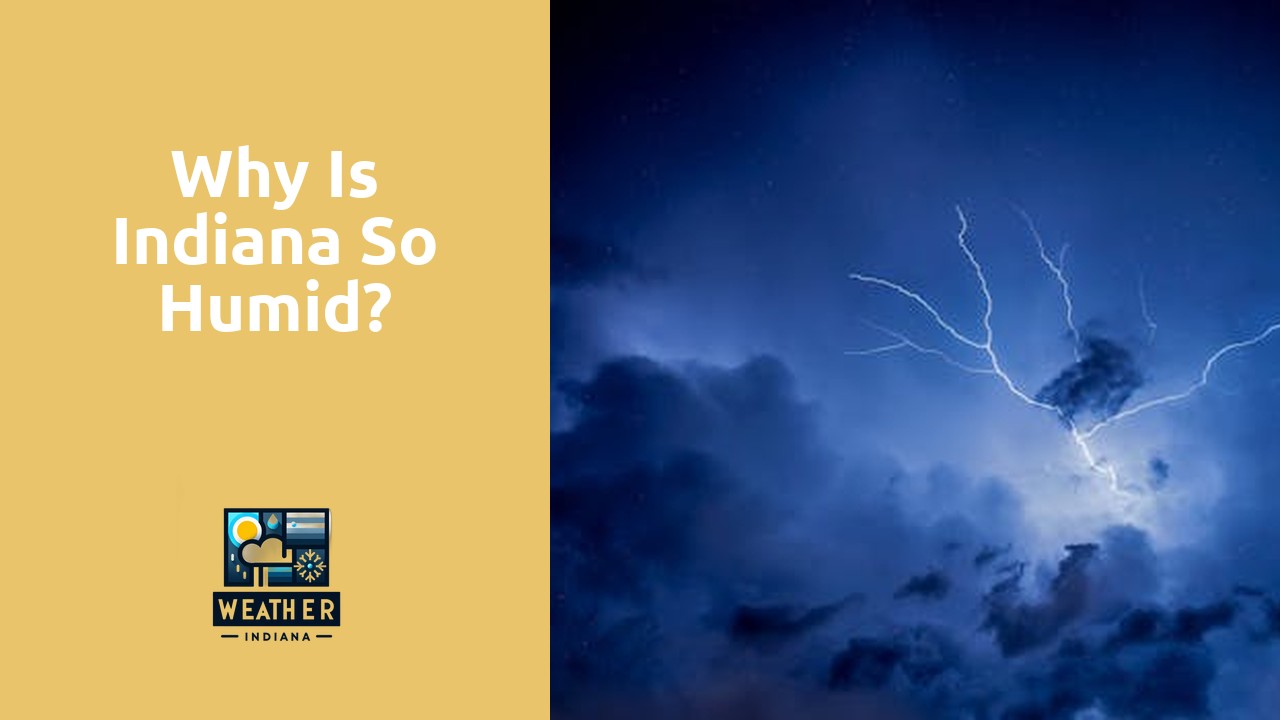Table Of Contents
Human Activities and Urbanization
Human activities and urbanization play a significant role in the humidity levels experienced in Indiana. Urban areas tend to have higher humidity levels compared to rural areas due to various factors such as the concentration of buildings, pavement, and human activities that generate heat. As cities continue to grow and expand, there is a corresponding increase in the release of heat-trapping gases and pollutants that can contribute to the humidity levels.
Over time, urban development and deforestation can alter the landscape and disrupt natural processes that help regulate humidity. The conversion of natural lands into urban areas can lead to the loss of vegetation that naturally absorbs moisture from the soil and releases it into the atmosphere through a process known as transpiration. This loss of vegetation can result in less moisture being returned to the atmosphere, ultimately impacting humidity levels in the region.
Influence on Local Humidity
The local humidity in Indiana is significantly influenced by several key factors. One major contributor to the high humidity levels in the state is its geographical location. Indiana is situated in the Midwest, surrounded by the Great Lakes and characterized by relatively flat topography. This proximity to large bodies of water and lack of significant elevation changes allows moisture from the lakes and surrounding land to easily travel throughout the state, leading to increased humidity levels.
Moreover, the extensive agricultural practices in Indiana also play a role in influencing local humidity. The vast farmlands and forests in the state contribute to the release of moisture into the atmosphere through processes like transpiration and evaporation. This additional moisture in the air further contributes to the overall humidity levels experienced in Indiana. The combination of geographical location and agricultural activities creates a localized environment that supports higher levels of humidity in the state.
Seasonal Variations in Humidity
Seasonal variations in humidity in Indiana showcase distinct patterns throughout the year. Summers in the state are typically characterized by high levels of humidity, with warm air holding more moisture and leading to muggy conditions. The combination of abundant moisture from the Great Lakes and the Gulf of Mexico can contribute to the elevated humidity levels experienced in Indiana during the summer months, making it feel even hotter than the actual temperature.
Conversely, winters in Indiana tend to have lower humidity levels compared to the summer season. The cold air in winter has a reduced capacity to hold moisture, leading to drier conditions. However, snowfall can temporarily increase humidity levels in certain regions of the state. Understanding these seasonal fluctuations in humidity is crucial for residents and visitors to prepare for the varying atmospheric conditions experienced in Indiana throughout the year.
Factors Affecting Summer and Winter Humidity
Factors affecting summer and winter humidity in Indiana are influenced by various climatic conditions. During the summer months, the warmth and humidity in the region are influenced by the presence of the Great Lakes and the Gulf of Mexico. The combination of these large bodies of water creates a humid environment that can lead to increased moisture in the air. Additionally, the prevalent southerly winds during the summer can bring in warm, moist air contributing to higher humidity levels.
In contrast, winter humidity in Indiana is impacted by cold air masses moving from the north and west. The arrival of these colder air masses reduces the capacity of the air to hold moisture, resulting in lower humidity levels during the winter months. Snow cover can also play a role in winter humidity, as it can have a drying effect on the air by absorbing moisture. Overall, the interplay of various factors such as air masses, proximity to water bodies, and local weather patterns all contribute to the fluctuating levels of humidity experienced in Indiana during different seasons.
Climate Change’s Impact on Humidity
Climate change is a significant factor influencing the humidity levels in Indiana. As global temperatures rise, the capacity of the atmosphere to hold water vapor also increases. This leads to higher levels of humidity in the air, contributing to the muggy conditions experienced in the state.
Moreover, climate change can result in altered precipitation patterns, affecting humidity in Indiana. Changes in rainfall distribution can impact the availability of moisture in the atmosphere, leading to fluctuations in humidity levels throughout the year. As a result, Hoosiers may experience varying degrees of discomfort due to the changing humidity brought about by climate change.
Trends and Predictions for Indiana
Trends indicate that Indiana’s humidity levels have been gradually increasing over the past few decades, with projections suggesting that this trend will continue in the coming years. This rise in humidity can be attributed to a combination of factors, including climate change, urbanization, and agricultural practices. As temperatures continue to warm and extreme weather events become more frequent, Indiana is likely to experience higher levels of humidity on average.
With the increasing humidity levels, residents of Indiana can expect hotter and stickier summers in the future. This change in humidity can have various implications on public health, agriculture, and infrastructure. It is crucial for policymakers, urban planners, and residents to be aware of these trends and take appropriate measures to adapt to the changing climate conditions in order to mitigate the potential impacts of high humidity levels in Indiana.
FAQS
Why does Indiana experience high levels of humidity?
Indiana’s location in the Midwest, proximity to the Great Lakes, and abundant vegetation contribute to the high humidity levels experienced in the state.
How do human activities and urbanization affect humidity levels in Indiana?
Human activities and urbanization, such as construction, deforestation, and increased pavement, can lead to higher temperatures and decreased evapotranspiration, ultimately impacting humidity levels in Indiana.
What are the seasonal variations in humidity in Indiana?
Indiana typically experiences higher humidity levels in the summer due to increased temperatures and moisture, while winter humidity levels tend to be lower due to colder temperatures and reduced moisture in the air.
What factors influence summer and winter humidity levels in Indiana?
Factors such as temperature, precipitation, wind patterns, and air masses play a significant role in determining summer and winter humidity levels in Indiana.
How is climate change impacting humidity levels in Indiana?
Climate change is expected to lead to increased temperatures and altered precipitation patterns, potentially affecting humidity levels in Indiana in the future.
What are the trends and predictions for humidity in Indiana?
While specific predictions can vary, overall trends suggest that Indiana may experience higher humidity levels in the coming years due to climate change and other environmental factors.

